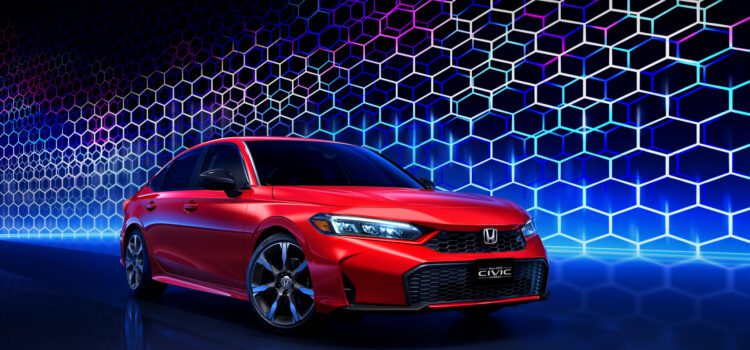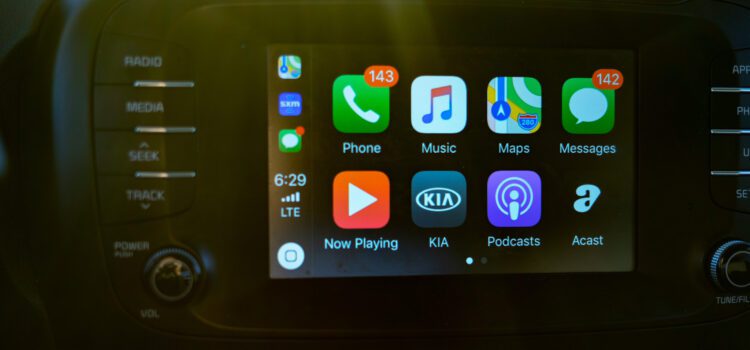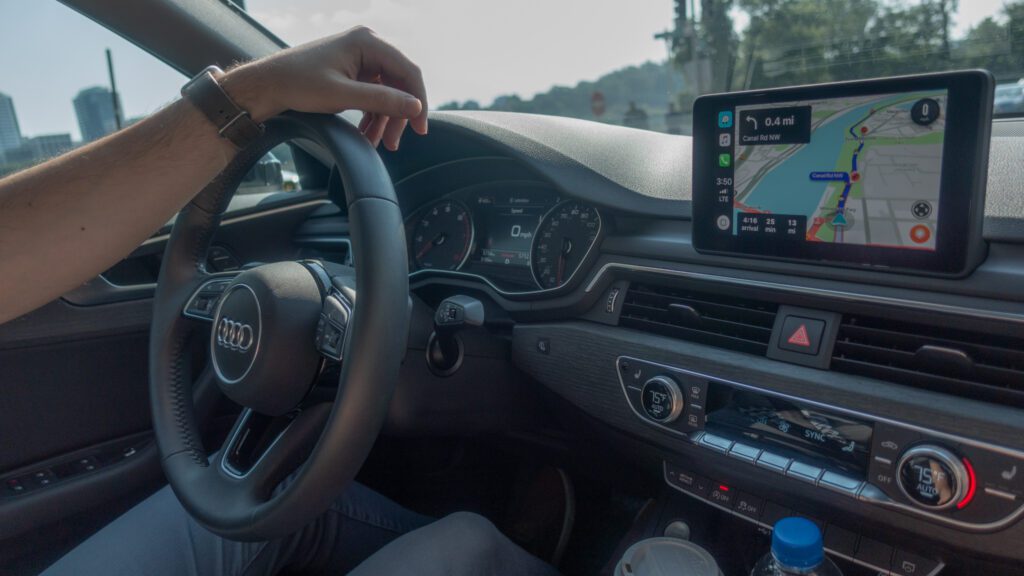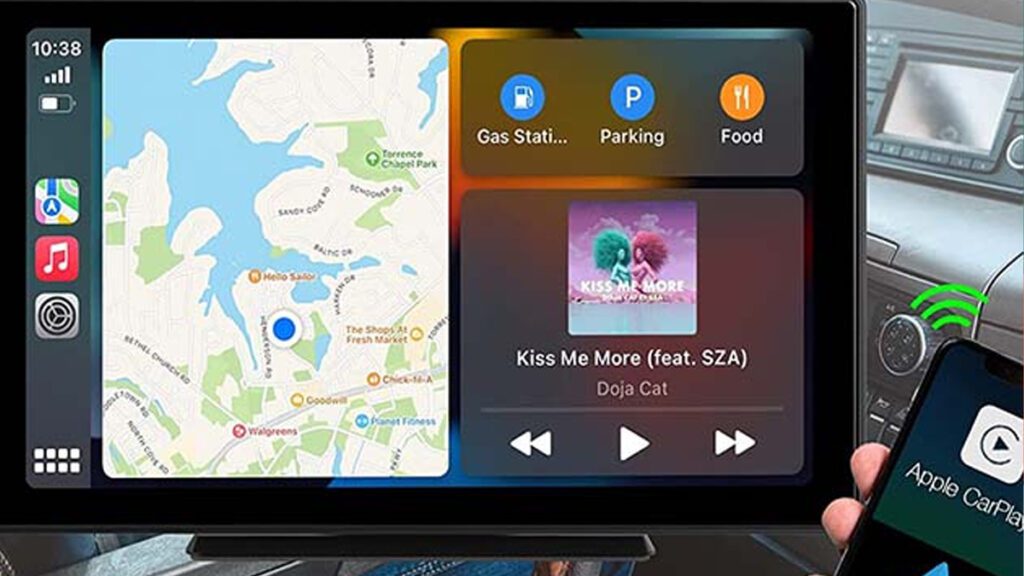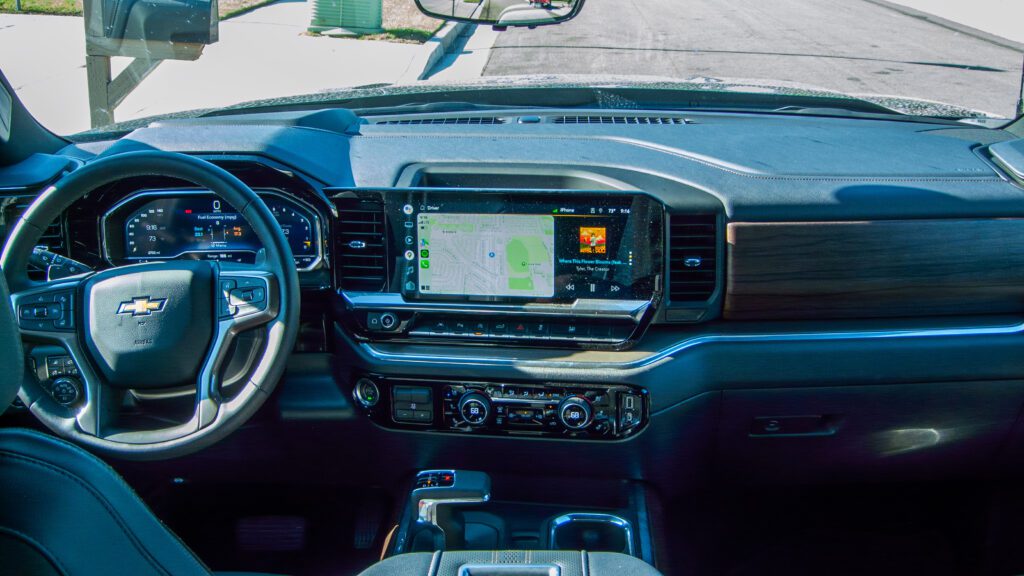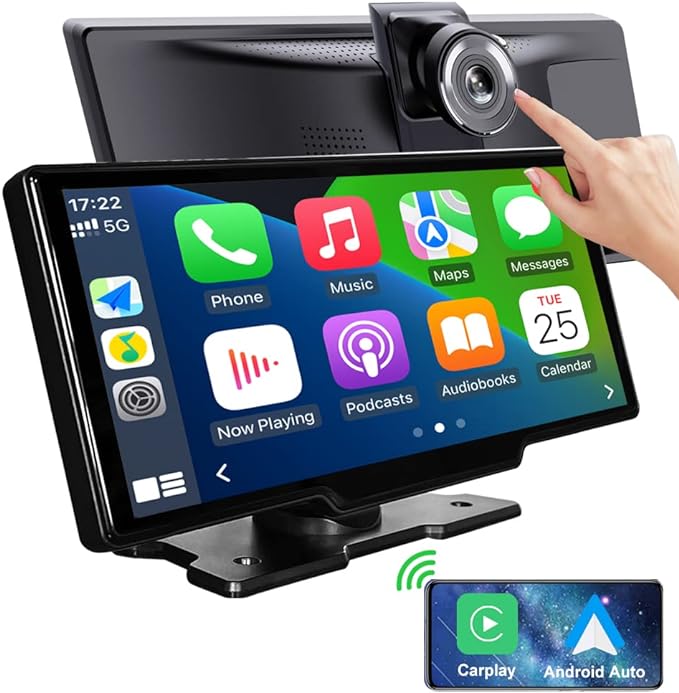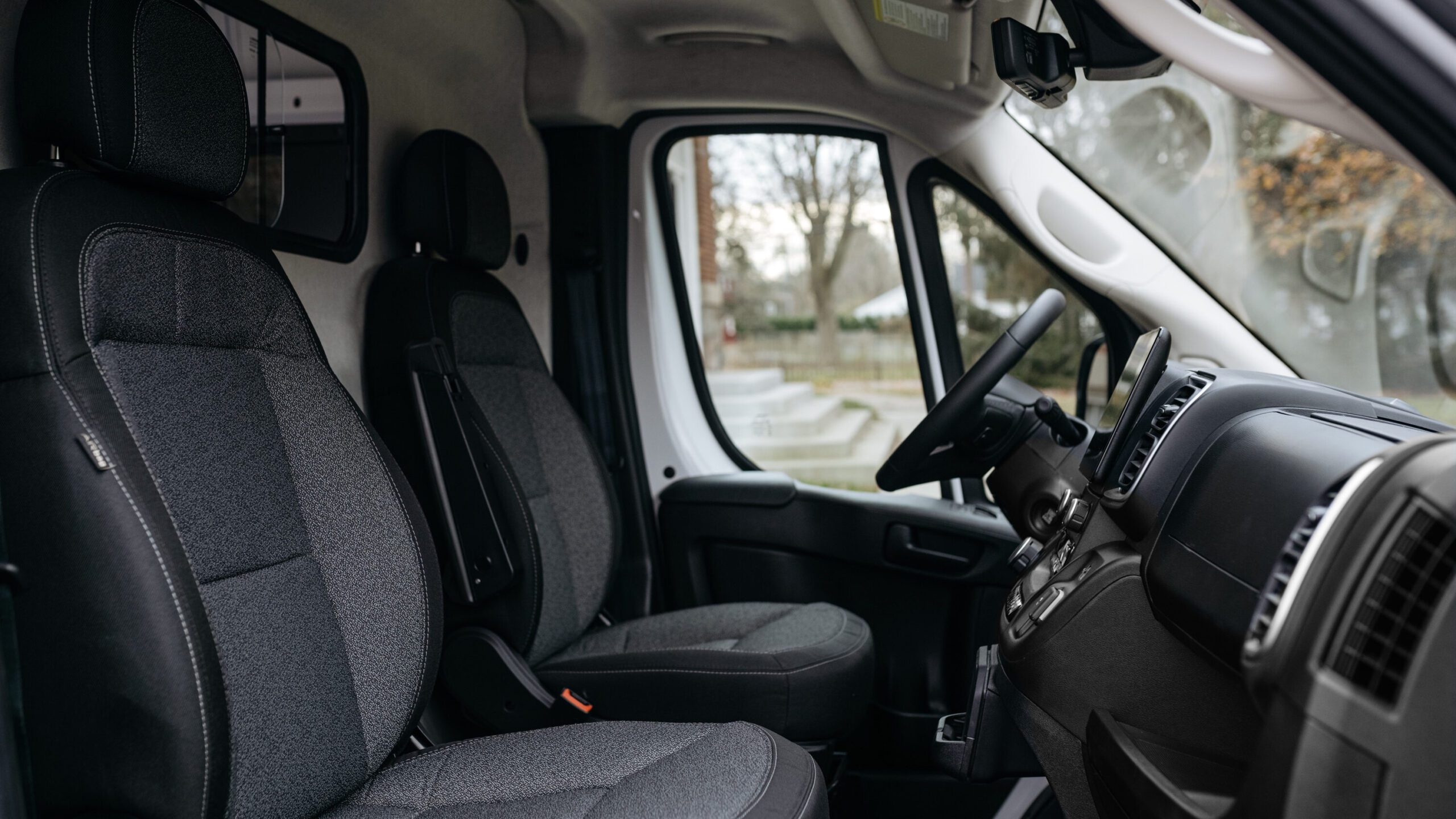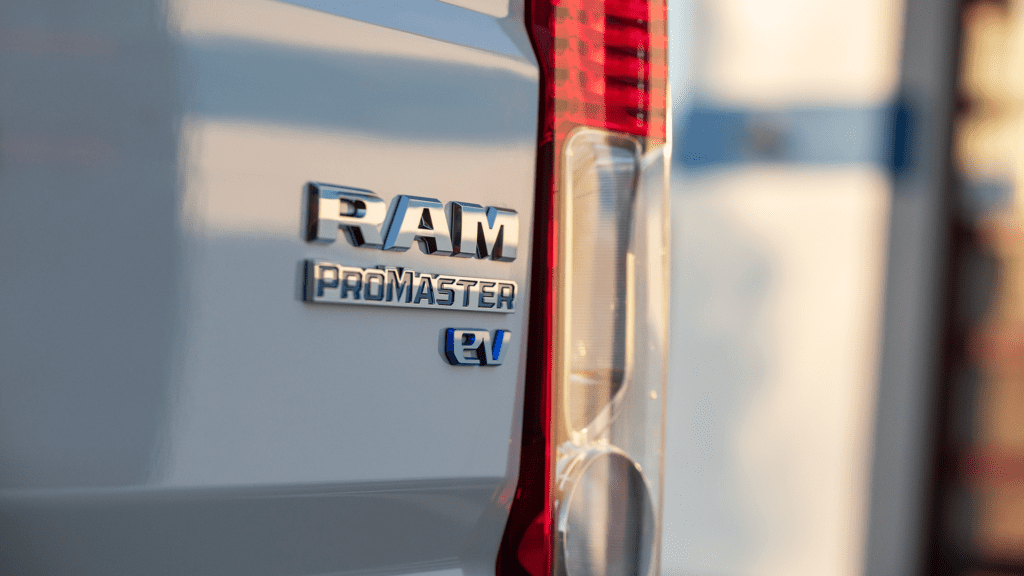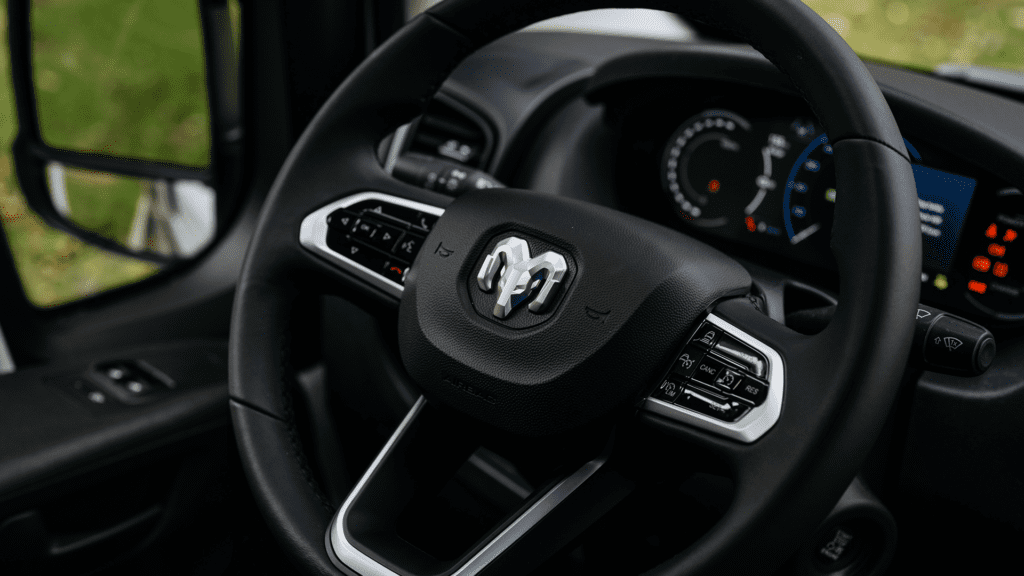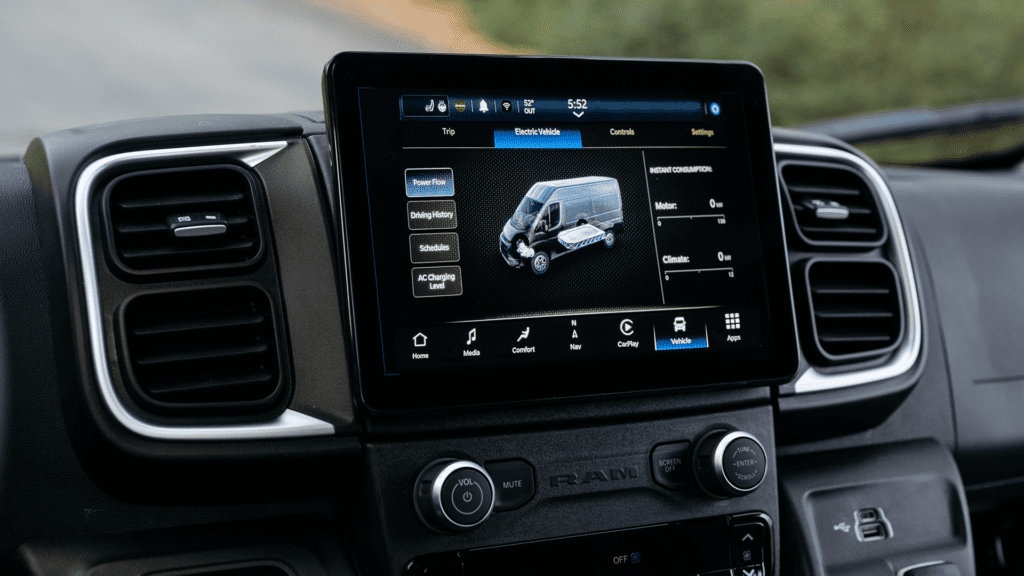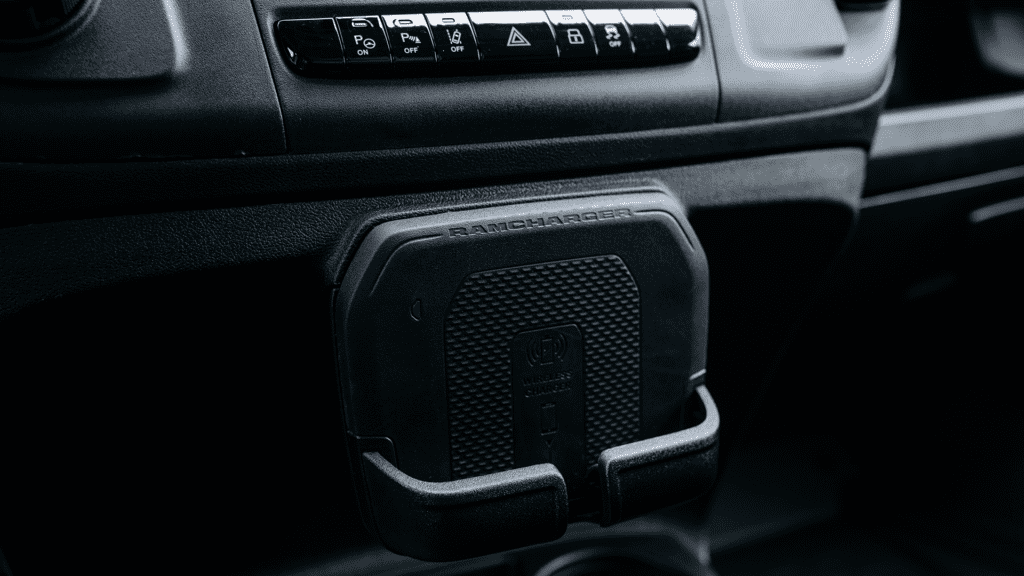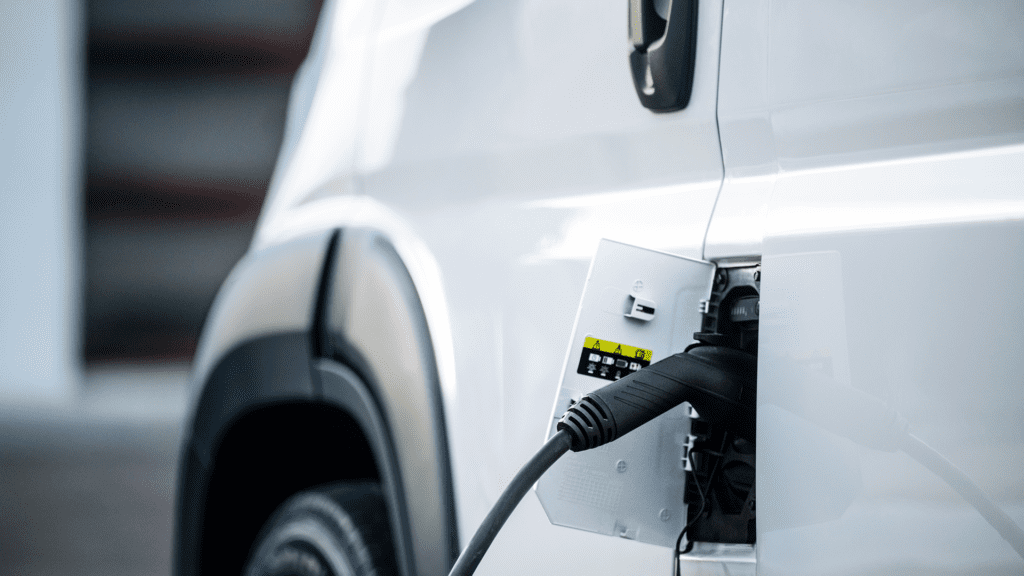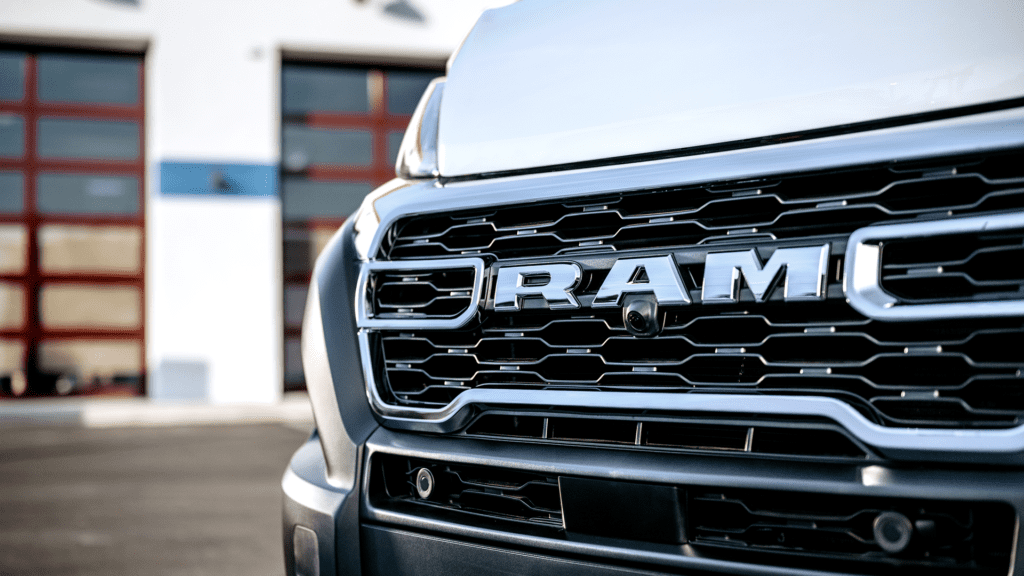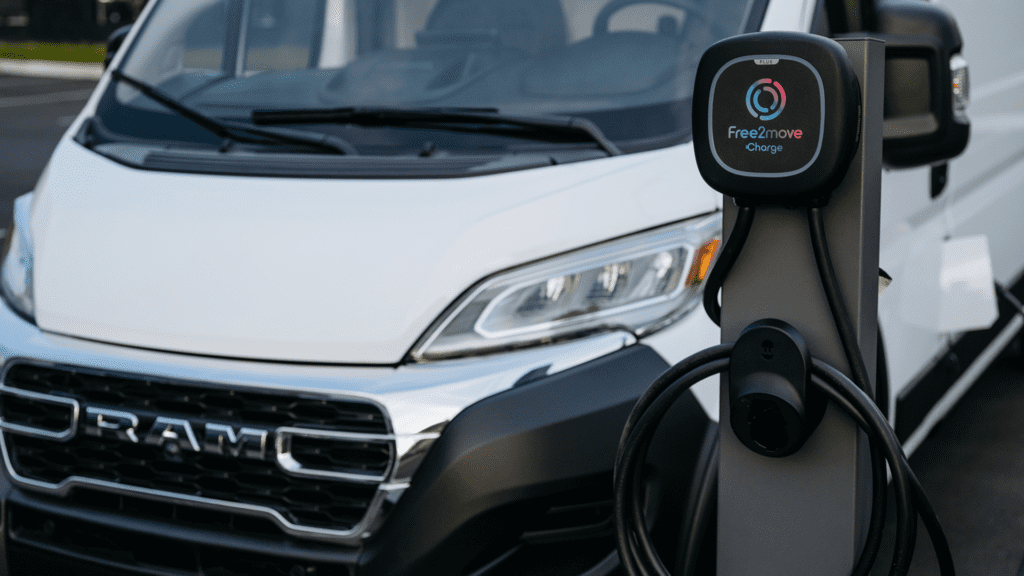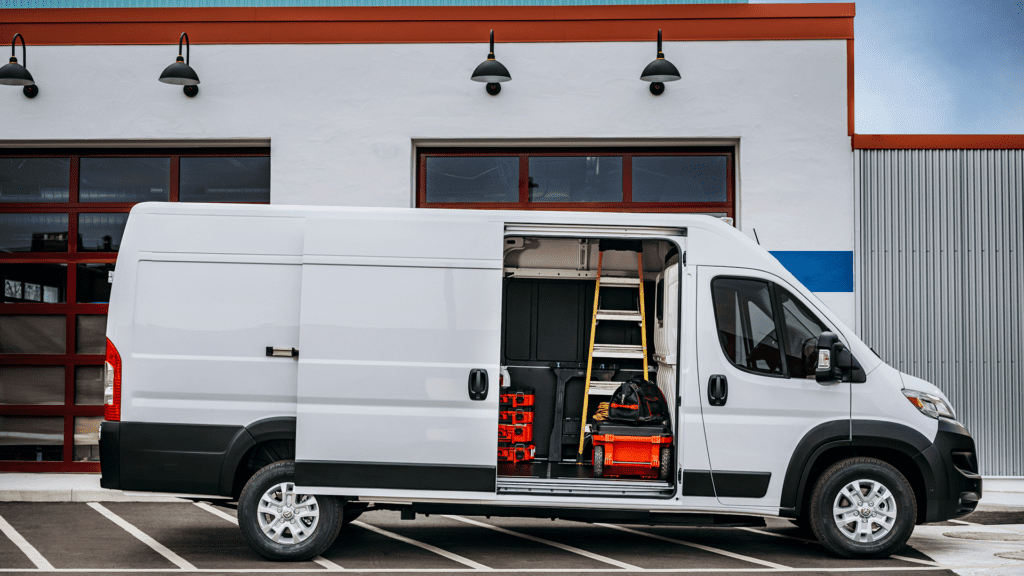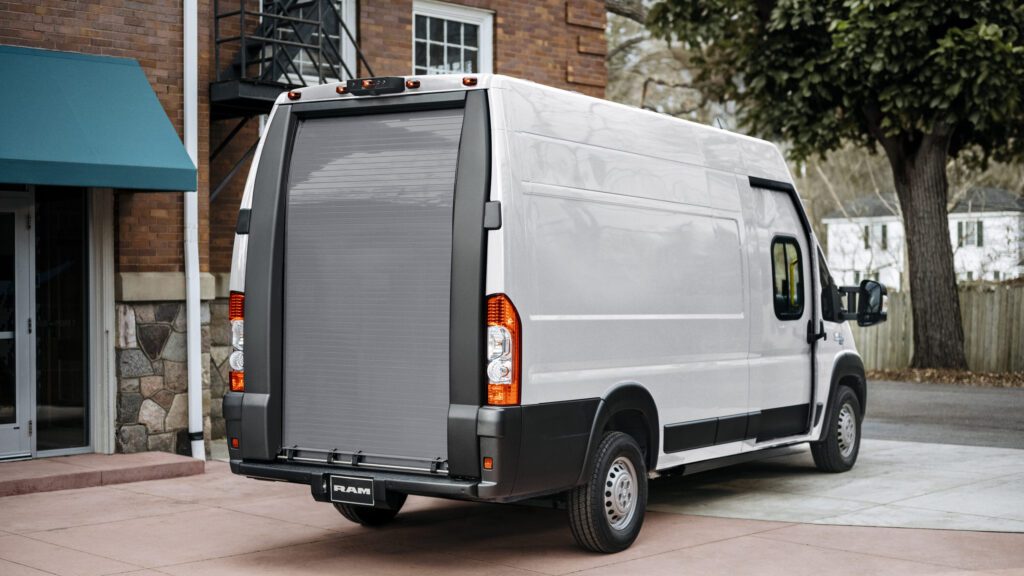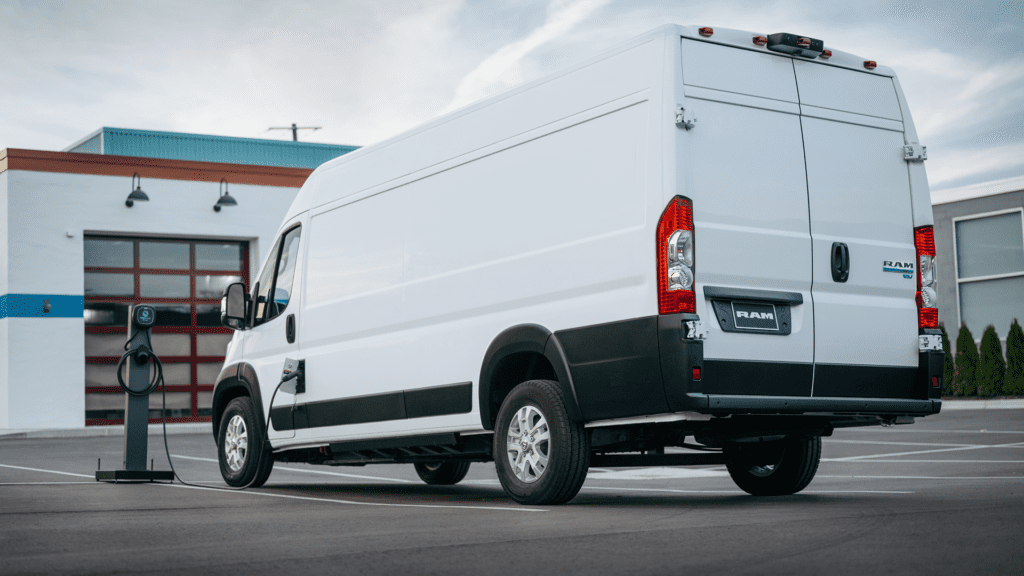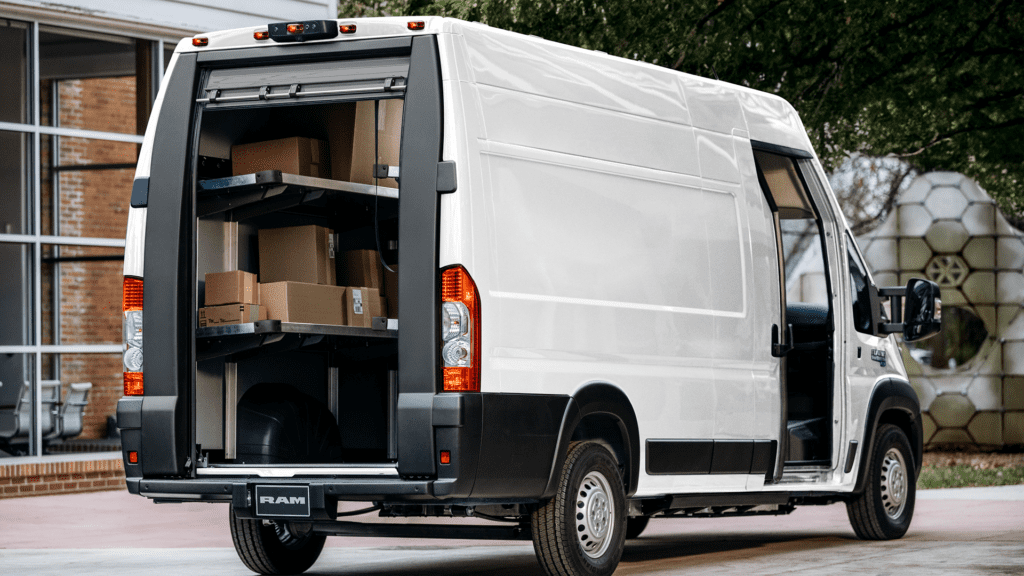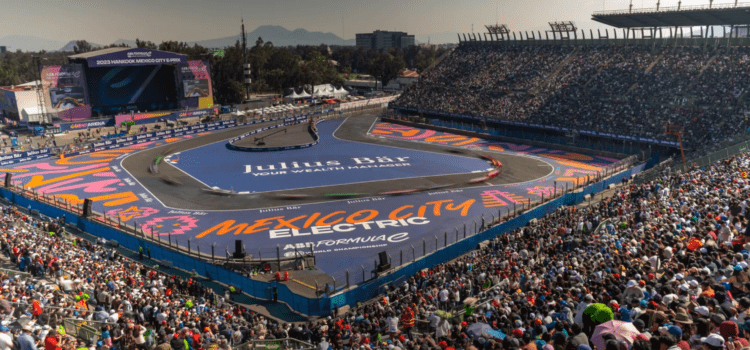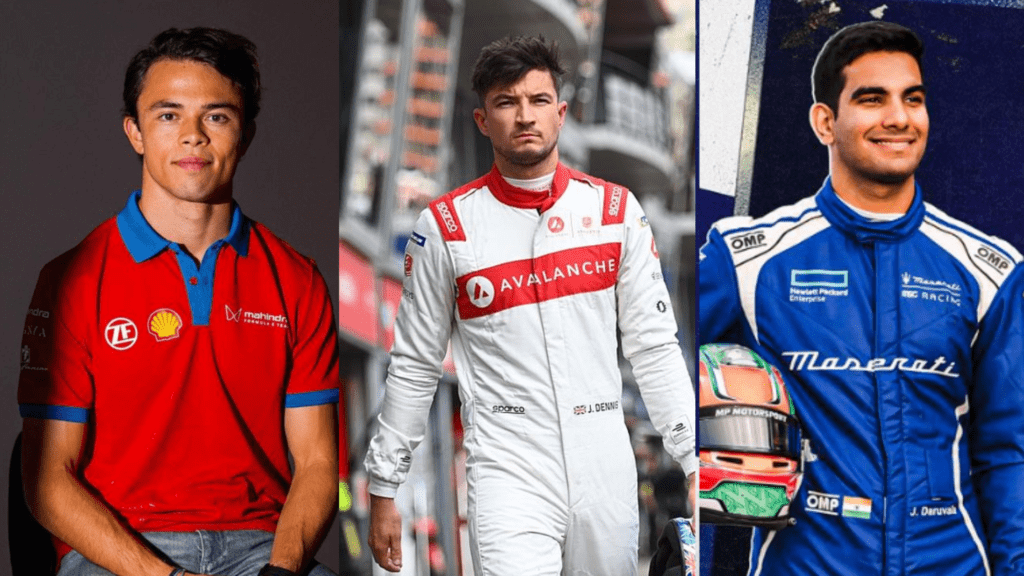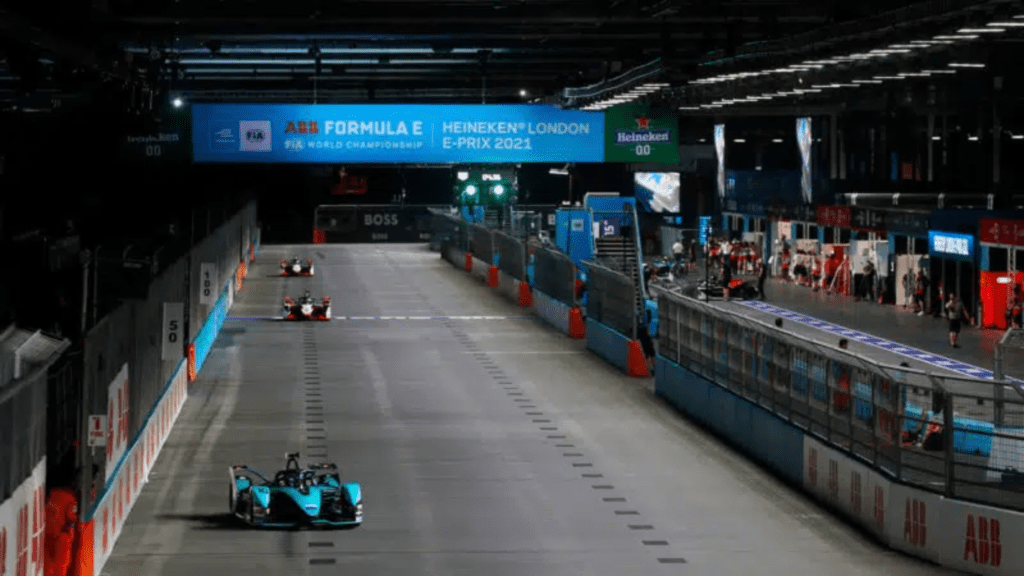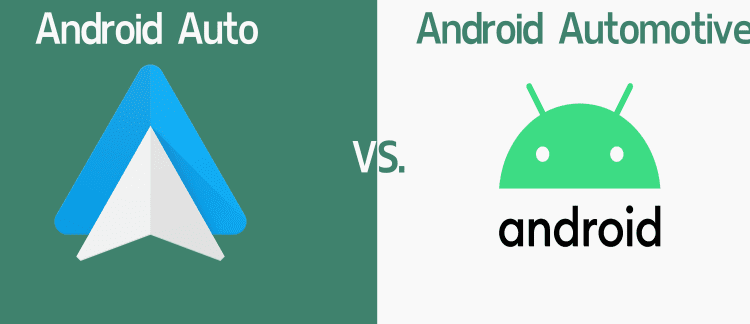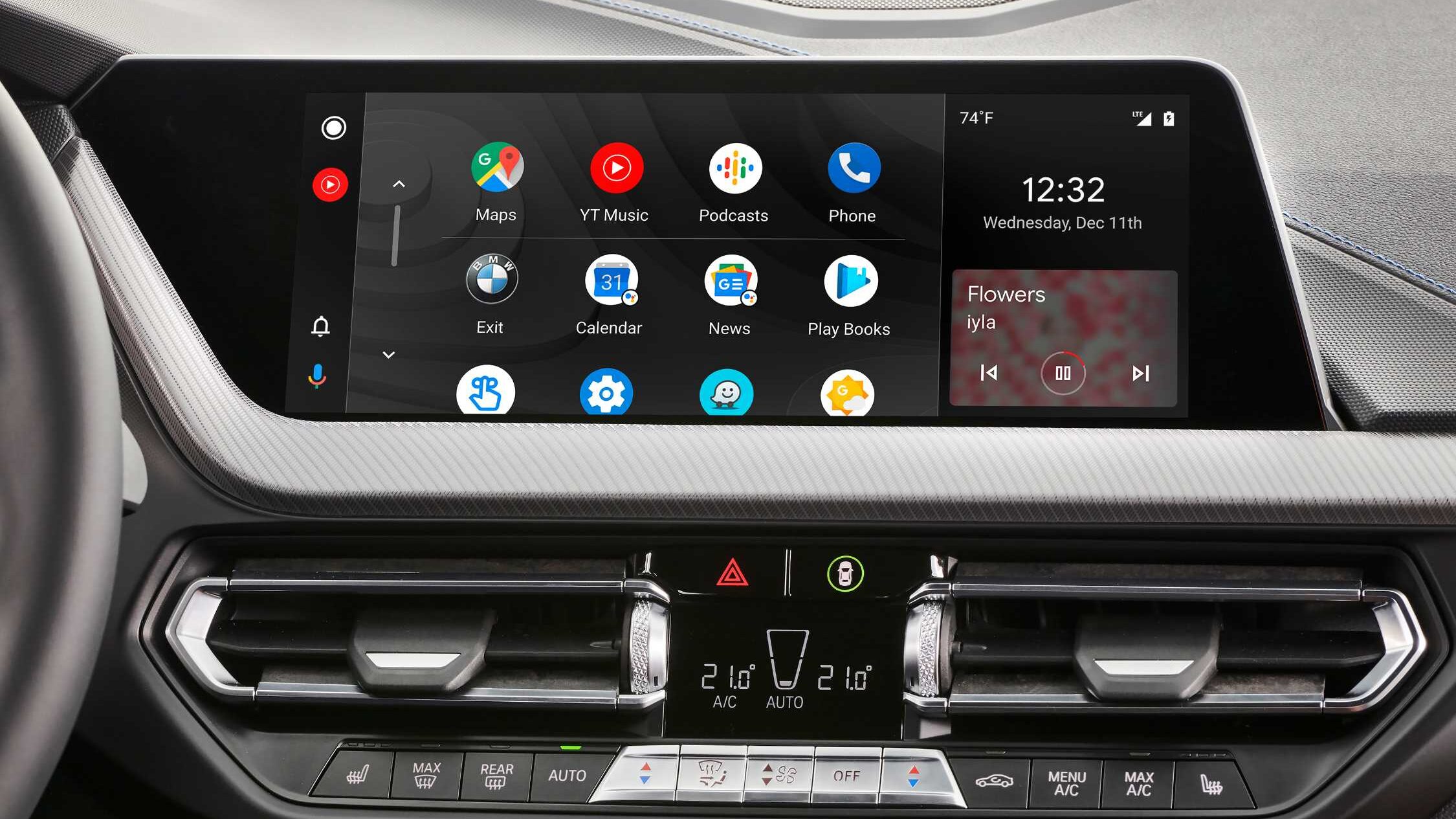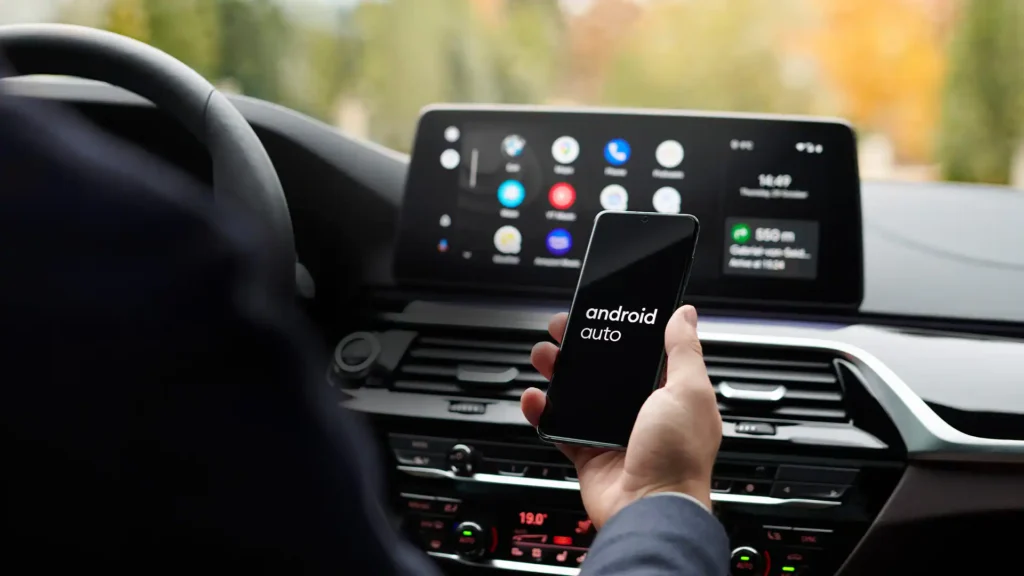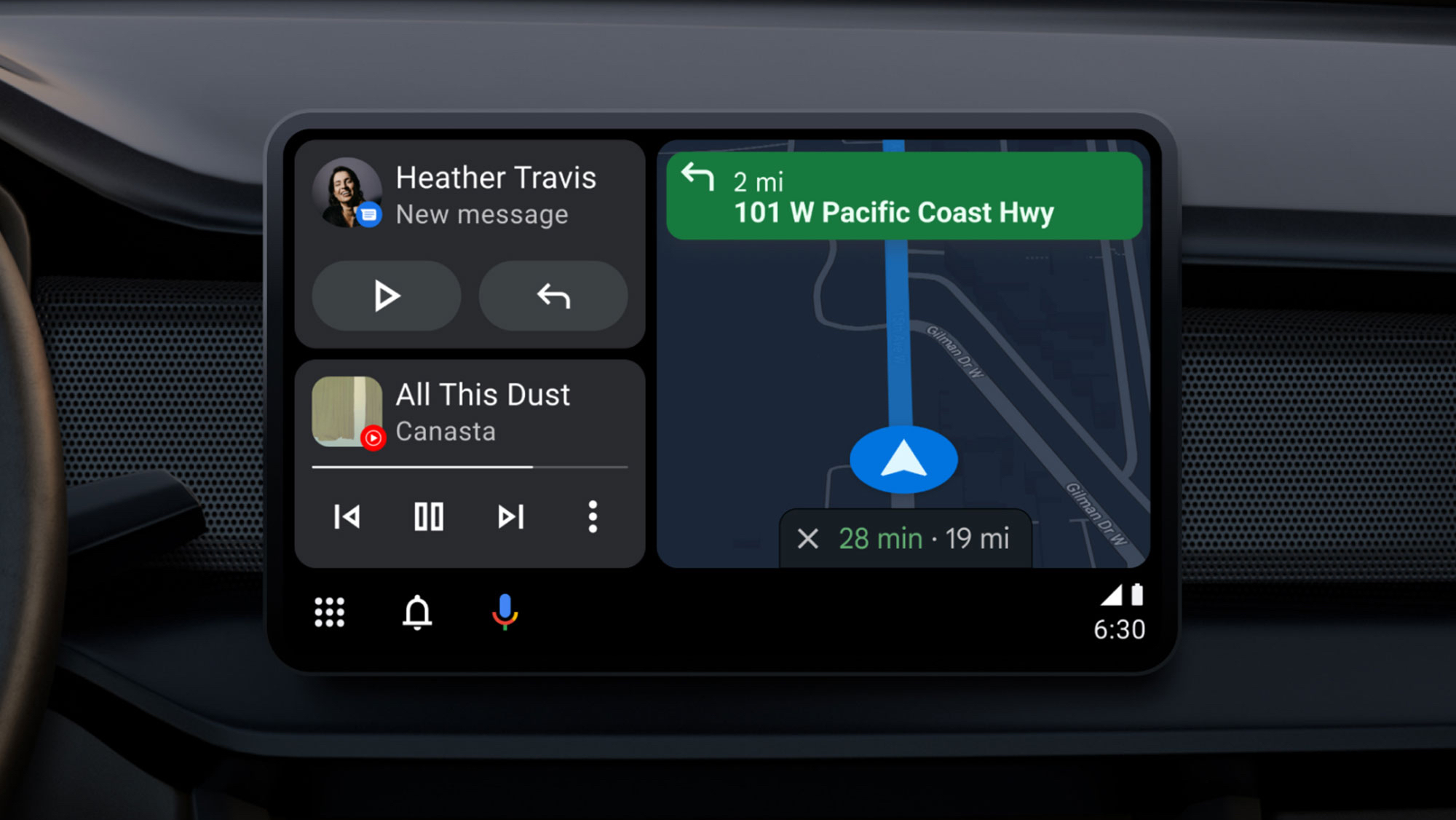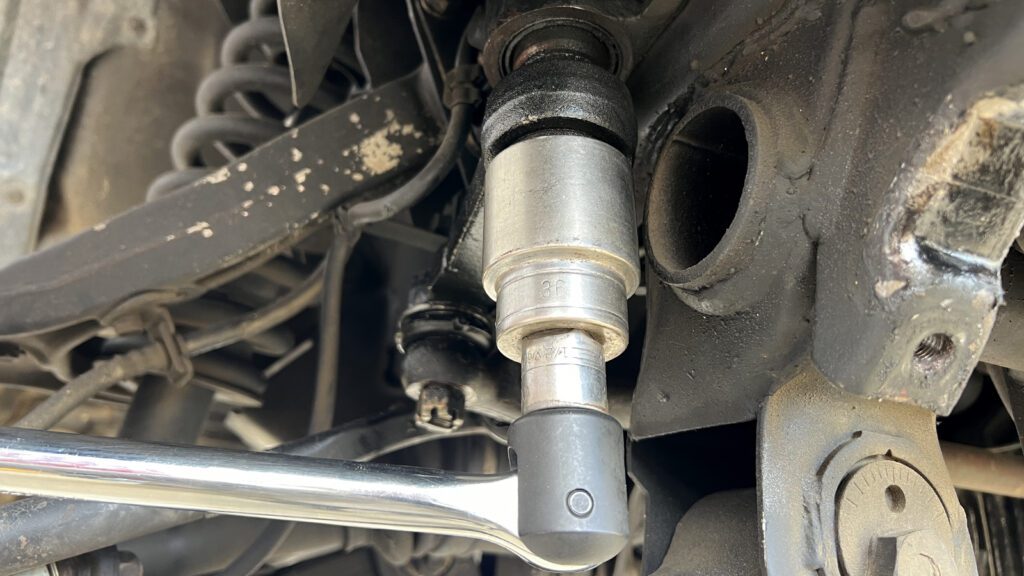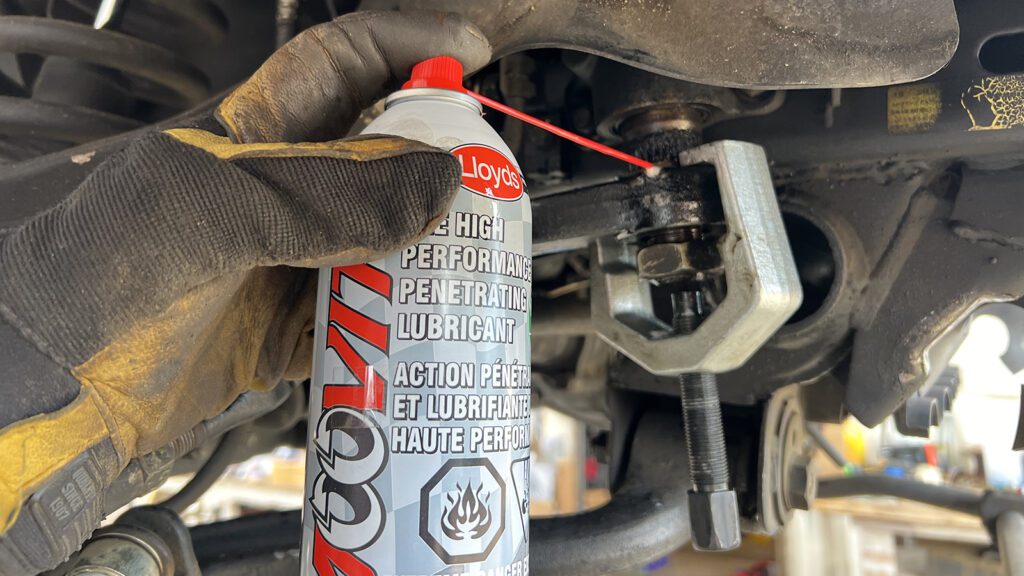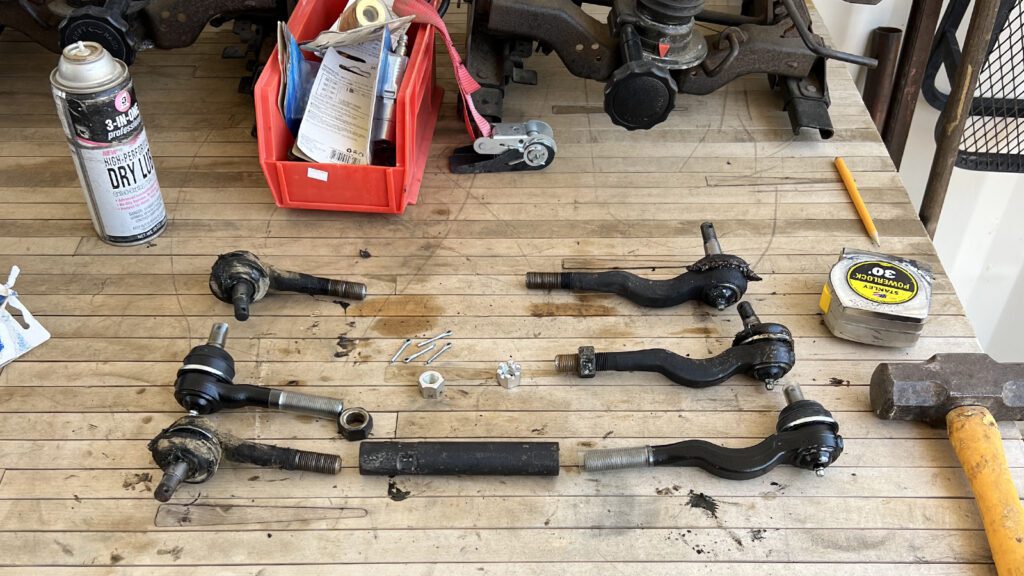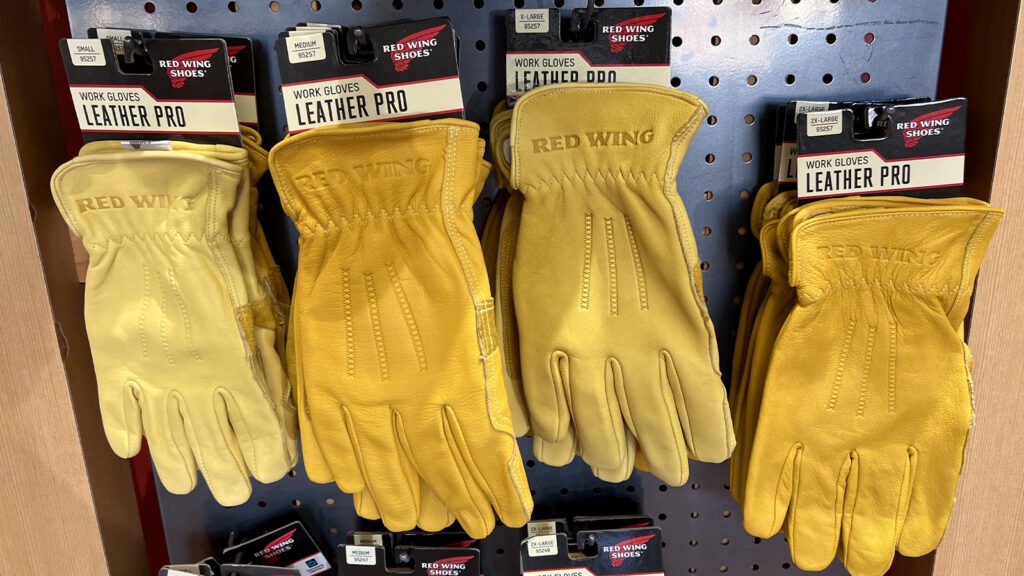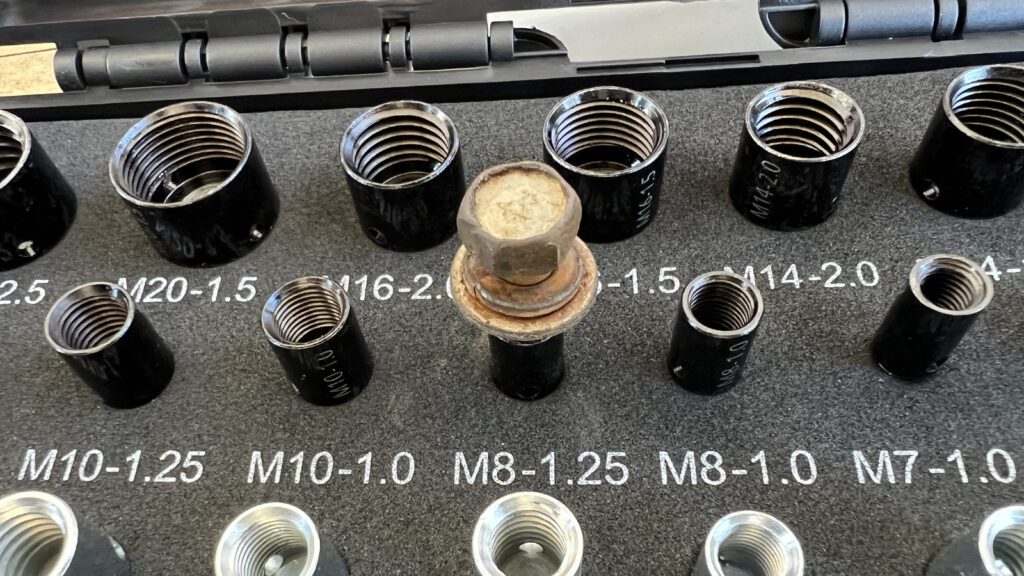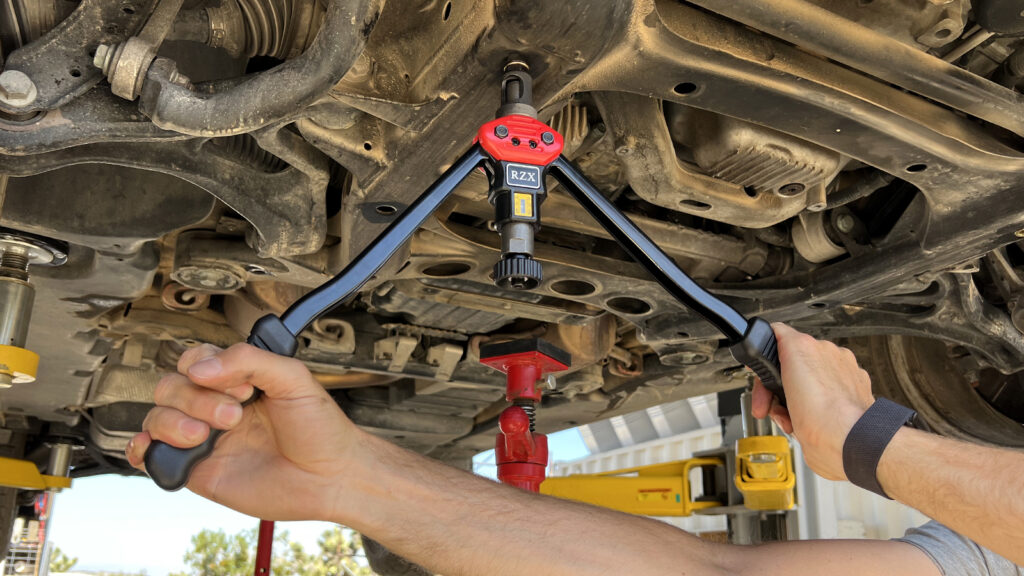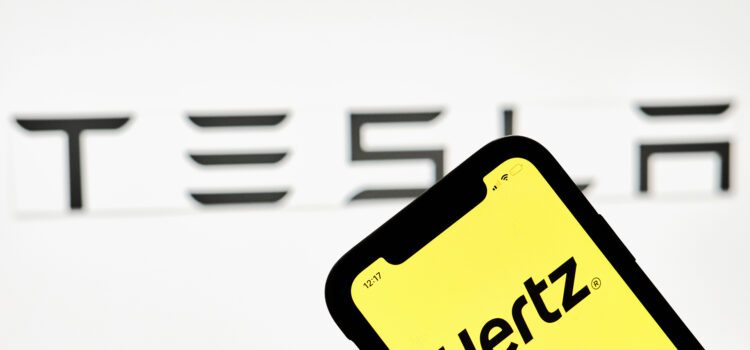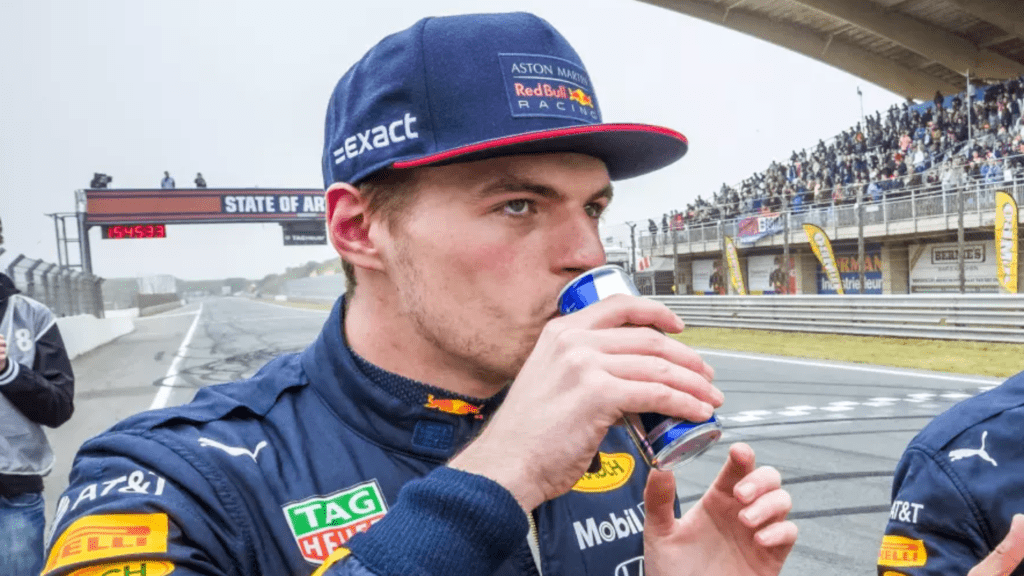This is the 2025 Honda Civic Hybrid
It’s been almost a decade since Honda last offered a Civic Hybrid in the United States, but that changes next year. The automaker is reviving the car for the 2025 model year and will offer it in sedan and hatchback body styles. We recently got a look at the new car via two teaser photos.
Why now? Well, Honda’s decision to shift from the Civic Hybrid to the Insight back in 2015 was a confusing one, and the funky Insight got the boot a couple of years ago, anyway. At the same time, the newly redesigned Toyota Prius is shockingly attractively styled, and it’s legitimately fun to drive. The Insight was fine and offered excellent fuel economy, but its powertrain was unrefined, and it was nowhere near as engaging to drive as its Toyota rival.
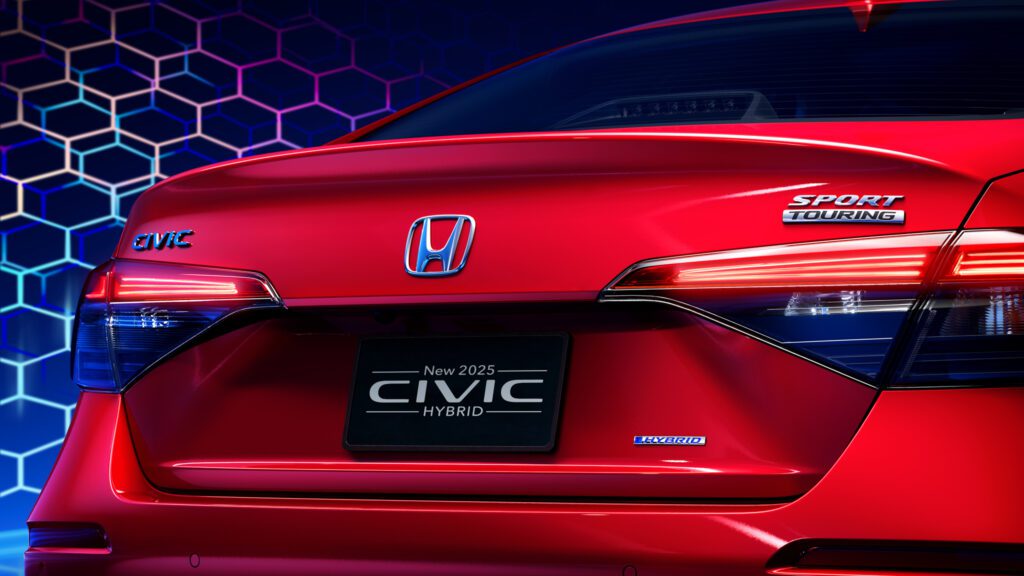
Honda is expected to use a version of the Accord Hybrid’s powertrain, which would mean output somewhere between 180 and 200 horsepower, depending on the tune. That would make the Hybrid the number-two Civic for horsepower and should give it enough grunt to give the Prius a run for its money.
We don’t have much else to go on for now other than the images. They show a Civic Hybrid sedan with a new front fascia that features a revised lower grille and a reshaped outer bumper area. The car is a Sport Touring trim and has Pirelli PZero tires.
Honda positioned the new Accord Hybrid as the premium option in that product line, offering the best tech and equipment in the electrified variants. That could be the case with the Civic going forward, though the Si and Type R will remain the exclusive performance models. The automaker has said that it views hybrids as a stepping stone to full battery-electric vehicles (BEVs), so an electric Civic or an equivalent vehicle might not be that far down the road.

